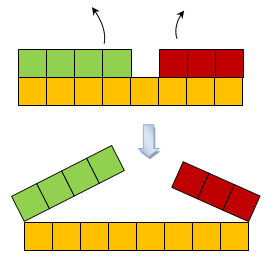Some thoughts on using Wolfram Alpha in teaching math
My main work at our institute is to find ways on how to integrate technologyparticularly free software and Web 2.0 applications in teaching mathematics. Recently, I have been thinking of integrating Wolfram Alpha in teacher trainings, but I can’t yet justify to myself why (I don’t want to read the work of others yet).
Don’t get me wrong. Wolfram Alpha is a great tool — the first of its kind. You type your query and voila, all the related information pop up — graphs, numbers, tables, maps, and almost all the things that you need. Fantastic, but if a lesson ends in generating information from Wolfram Alpha, then it’s no different from using Google or Wikipedia — well a little different probably because of the presentation. I don’t want to let students use Wolfram Alpha just to get information; I want it to be a tool that would elicit thinking. » Read more
